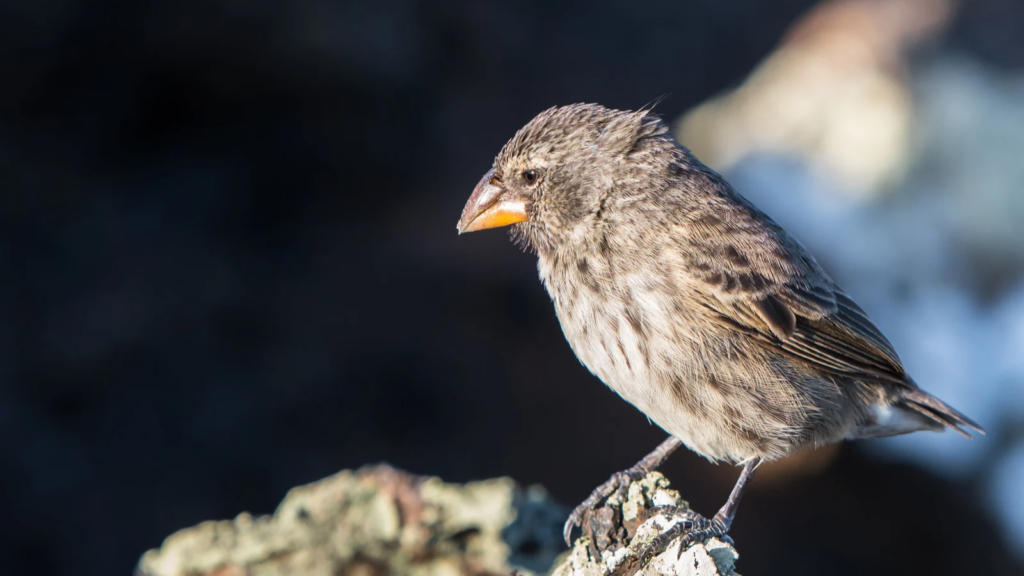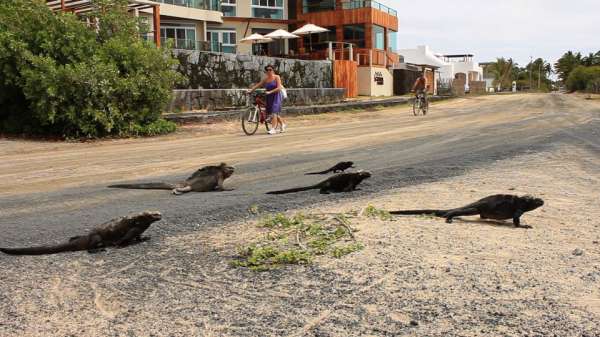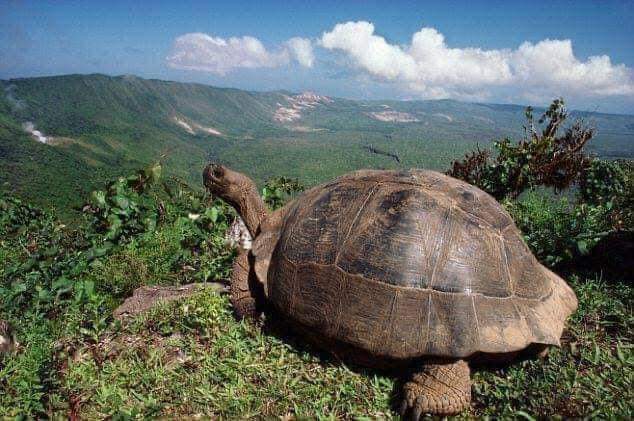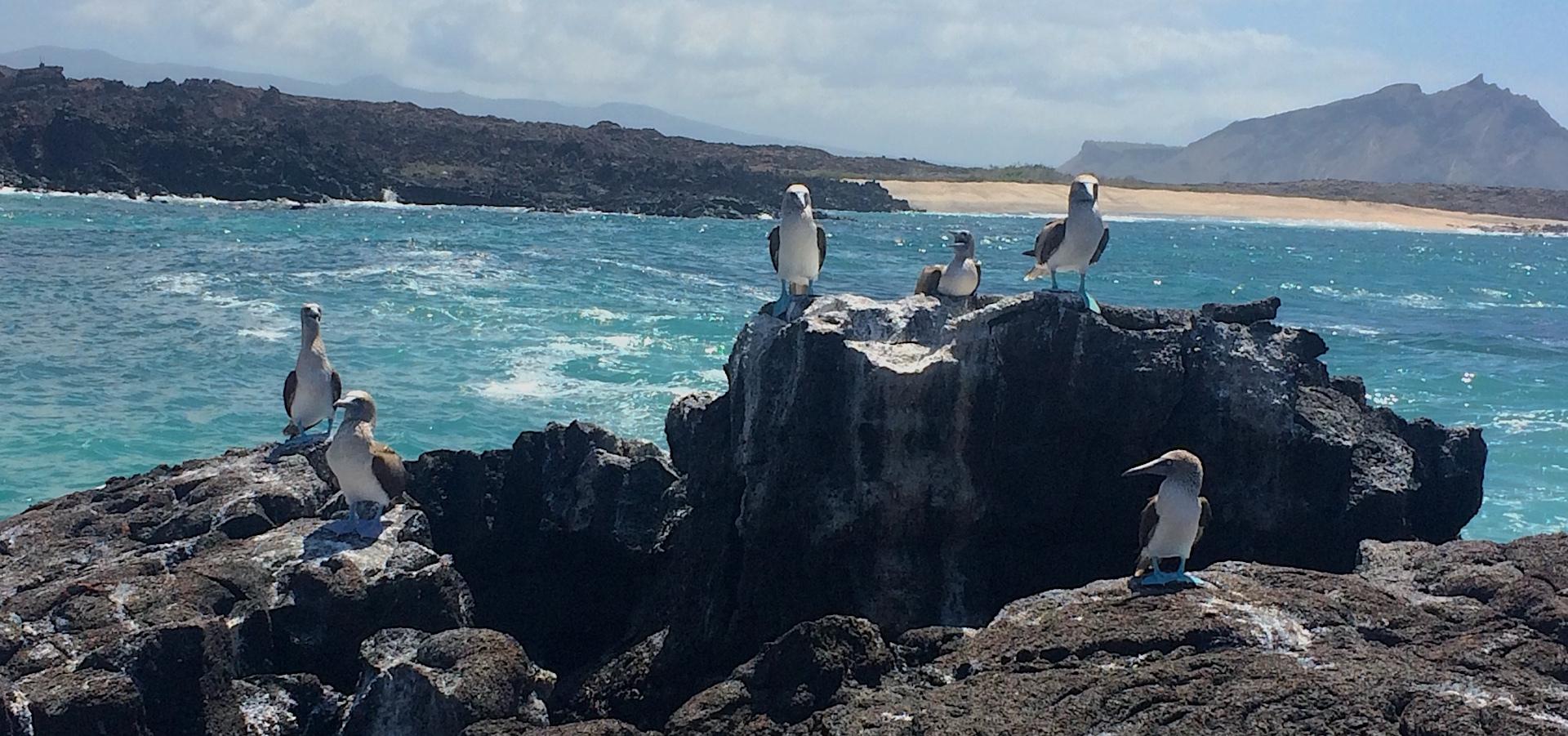The Galápagos Islands, located off the coast of Ecuador, are renowned for their unique wildlife and have played a crucial role in our understanding of evolution. The animals here have evolved in fascinating ways due to the isolated nature of the islands and the diverse range of habitats they offer. Here’s an overview of how some iconic species have adapted and evolved over time:
1. Galápagos Finches: The most famous example of evolution in the Galápagos is the finches, often referred to as “Darwin’s finches.” These birds have evolved into several different species, each with a beak shape adapted to their specific diet. Some have long, slender beaks for picking insects out of crevices, while others have stout, strong beaks for cracking seeds. This diversity arose from a common ancestor, showcasing adaptive radiation.

2. Marine Iguanas: Marine iguanas are unique to the Galápagos and are the only lizards that have adapted to life in the ocean. They have developed flattened tails for swimming, strong limbs for clinging to rocks, and special glands to expel excess salt from their bodies. These adaptations allow them to forage for algae underwater, a rare behavior among lizards.

3. Galápagos Tortoises: The giant tortoises of the Galápagos have evolved into several subspecies, each adapted to the specific conditions of their home island. For example, tortoises on islands with lush vegetation have dome-shaped shells, while those on arid islands with sparse vegetation have saddle-backed shells that allow them to reach higher for food. Their slow metabolism and ability to store large amounts of water help them survive in their varying environments.

4. Flightless Cormorants: Another unique adaptation in the Galápagos is the flightless cormorant. Unlike other cormorants, these birds have small wings and are unable to fly. Instead, they are excellent swimmers, diving to catch fish and eels. This adaptation is believed to have evolved because the lack of land predators made flight unnecessary, and being a proficient swimmer was more advantageous for hunting.

5. Blue-Footed Boobies: These iconic birds are known for their bright blue feet, which play a crucial role in mating displays. The bluer the feet, the more attractive the male is to potential mates. This sexual selection has led to the distinctive blue coloring, which is a sign of good health and strong genetics.





Comments